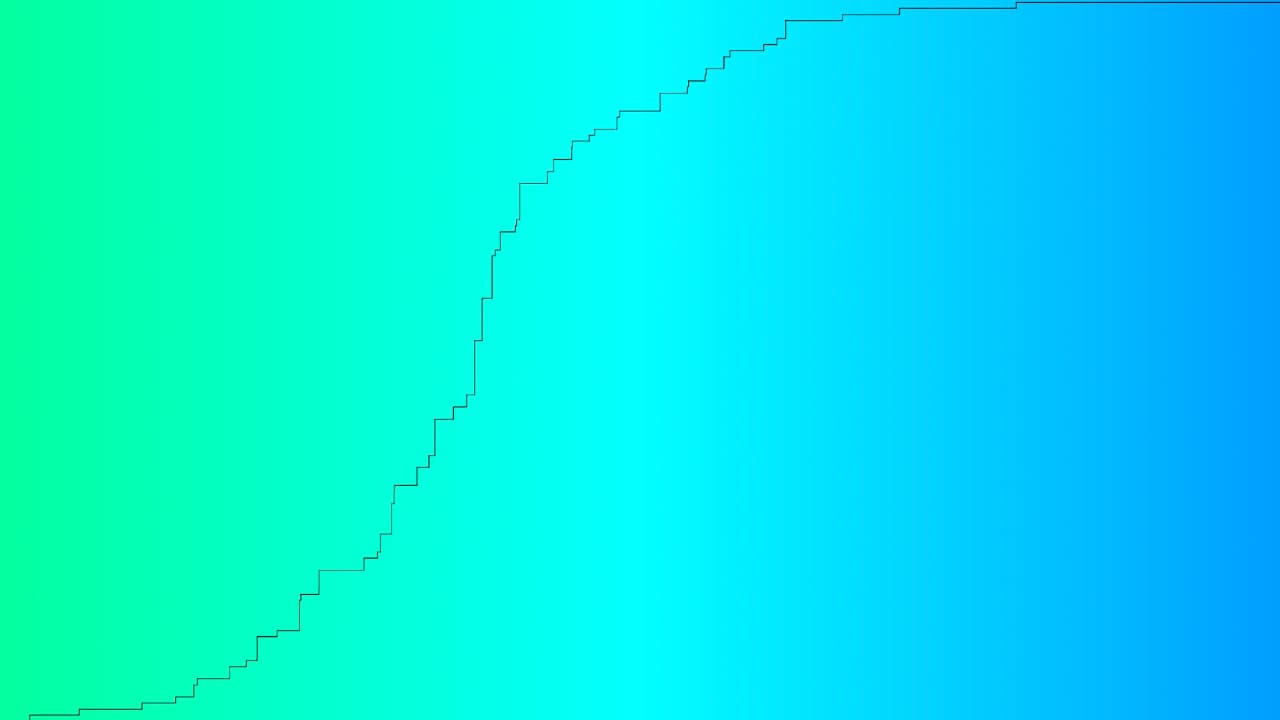
One of the reasons why it's so important to calibrate monitors carefully is that we all see different colors, as this simple online test proves.
Is it blue, or is it green? It's a question that should be easy to answer but in reality it isn't as we all perceive color differently for a start, look at it in different lighting conditions, and finish off the conundrum by naming it differently.
Readers may remember The Dress, which went viral and caused marital rifts in 2015, not to mention a fair amount of angst for the people involved. Was it blue and black, or was it white and gold? For the record, I've just looked at it again and it looks blue and gold to me, so there you go.
A similar discussion prompted neuroscience and AI researcher, Patrick Mineault, to code this site that tests whether you see blue or green. Head here to have a go: https://ismy.blue.
As the site explains, the test asks you to categorize colors sequentially. "Colors are often represented in HSL (hue, saturation, lightness) color space. Hue 120 is green, and hue 240 is blue. The test focuses on blue-green hues between 150 and 210."
So, which is which?
An 'About' section will answer all the geeky questions you might have about translation to sRGB color space and sigmoid curves. But the key takeaway is that in early experiments, Mineault found that people's responses cluster around 175. This just happens to be the same as the named HTML color turquoise, whereas the nominal boundary between blue and green is at 180, and that is the named HTML color cyan.
As a result, concludes Mineault, that means most people's boundaries are shifted toward saying that cyan is blue.
Tags: Post & VFX


Comments